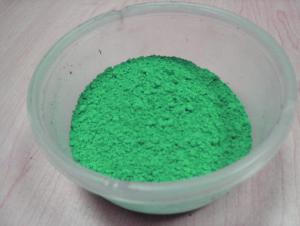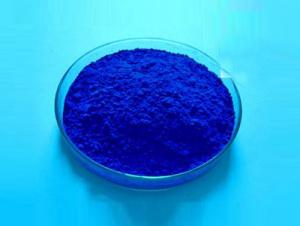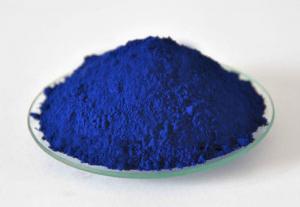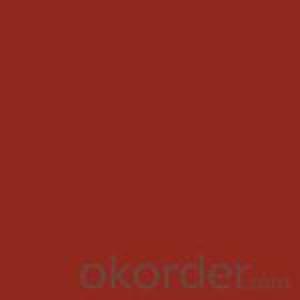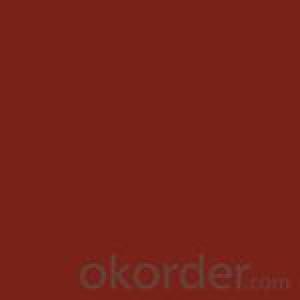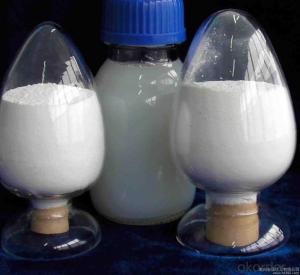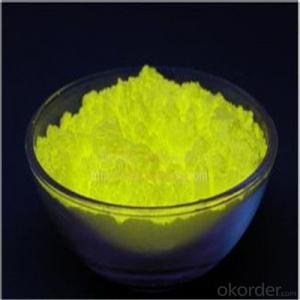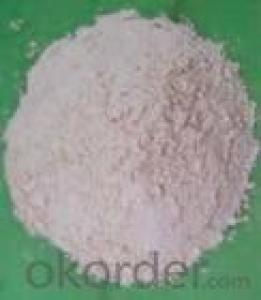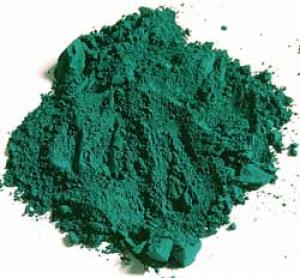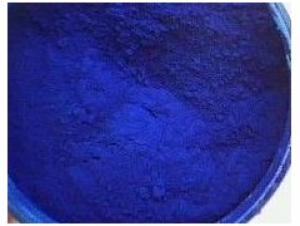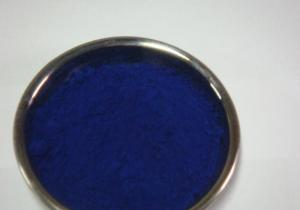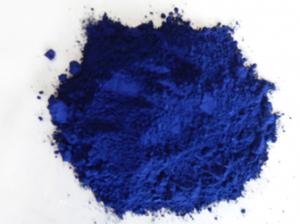Iron-titanium compound powder 505
- Loading Port:
- China Main Port
- Payment Terms:
- TT OR LC
- Min Order Qty:
- -
- Supply Capability:
- -
OKorder Service Pledge
OKorder Financial Service
You Might Also Like
Quick Details
Use: This product can partly replace zinc powder to produce zincrich primer and can completely replace micaceous iron oxide, zinc phosphate and other antirust pigments to produce various types of antirust and heavy anti-corrosion paints.
Performance
1. Compared with other antirust pigments, it has significantly improved dispersibility, paint stability, anti-sinking property and antirust performance.
2. 505 composite antirust pigment, significant cost performance, can greatly reduce the production cost of antirust paint.
3. 505 composite antirust pigment does not contain heavy metal and is a completely environmentally friendly non-toxic product. It is easy to use by spraying or brushing and is an ideal new antirust product.
Specifications
Technical index
Item Index Appearance Silver-gray powder Sieve residue (sieve mesh-400)%≤ 2 Density 27℃ g/cm3 3~4 Oil absorption g/100g ≤ 10~25 Water solubles g/100g ≤ 1 Volatile matter (105℃)%≤ 1 Aqueous suspension PH value 7.0~9.5 Phosphorus pentoxide% ≥ 18
Using method
Produce based on conventional antirust paint production process.
Recommended dosage
Recommended dosage is 20%-40%.
Packing
Double-layer plastic packaging, 25kg/bag - 40kg/bag.
Storage
Keep ventilated and dry, it can be stored for a year without deterioration
- Q: what are the accessory pigments in plant photosynthesis?
- The photosynthetic pigments are of two types, primary pigments and accessory pigments. The accessory pigments pass the emitted electrons to the primary pigments. Electrons are then emitted from the primary pigments and it is these that drive the photosynthetic process. The two primary pigments are both forms of chlorophyll a, called P690 and P700 (absorbing light best at 690 and 700 nm wavelengths, respectively). The accessory pigments include other forms of chlorophyll a, chlorophyll b and carotenoids. The light energy trapping systems of the plant are called photosystem I and photosystem II. Energy capture traps of photosystems I and II (in the quantosomes) light energy The quantosomes are regularly spaced particles embedded in the thylakoids, and are either large or small. It is probable that the large quantosomes contain photosystem II and reaction centre II and the small quantosomes contain photosystem I and reaction centre I.
- Q: i would like to now so i could put it in a marker thanks..
- Isn't all ink pigmented? A quick search for make your own ink turned up many recipes. Here is one: Basic Permanent Black Ink: 1 egg yolk 1 tsp gum arabic 1/2 cup honey 1/2 tsp lamp black (buy in a tube or make by holding a plate over a lit candle) Mix egg yolk, gum arabic and honey in a small bowl.
- Q: What is the role of pigment in photosynthesis photosynthesis ?
- The pigment is known as chlrophyll, and plays a vital role in photosynthesis. It is a principal light-capturing pigment in most plants, algae and cyanobacteria. In plants and algae, chlorophyll is located in the thylakoid membranes of choroplasts. During the reaction of photosynthesis carbon dioxide and water produce energy using light energy trapped by the green pigment chlorophyll. This reactions primary products are ATP and NADPH, with oxygen being produced as a waste product. Photosynthesis takes place in the chloroplasts, where the green chlorophyll pigment is located.
- Q: How to manufacture FRP pigments?
- Pigment A finely divided material which contributes to optical and other properties of paint, finishes, and coatings. Pigments are insoluble in the coating material, whereas dyes dissolve in and color the coating. Pigments are mechanically mixed with the coating and are deposited when the coating dries. Their physical properties generally are not changed by incorporation in and deposition from the vehicle. Pigments may be classified according to composition (inorganic or organic) or by source (natural or synthetic). However, the most useful classification is by color (white, transparent, or colored) and by function. Special pigments include anticorrosive, metallic, and luminous pigments. See also Dye; Luminous paint; Paint.
- Q: why light and pigments are different?
- A pigment is a material that changes the color of reflected or transmitted light as the result of wavelength-selective absorption. This physical process differs from fluorescence, phosphorescence, and other forms of luminescence, in which a material emits light. Many materials selectively absorb certain wavelengths of light. Materials that humans have chosen and developed for use as pigments usually have special properties that make them ideal for coloring other materials. A pigment must have a high tinting strength relative to the materials it colors. It must be stable in solid form at ambient temperatures. For industrial applications, as well as in the arts, permanence and stability are desirable properties. Pigments that are not permanent are called fugitive. Fugitive pigments fade over time, or with exposure to light, while some eventually blacken. Pigments are used for coloring paint, ink, plastic, fabric, cosmetics, food and other materials. Most pigments used in manufacturing and the visual arts are dry colourants, usually ground into a fine powder. This powder is added to a vehicle (or binder), a relatively neutral or colorless material that suspends the pigment and gives the paint its adhesion.
- Q: PLEASE TRY!, to awnser ANY of the questions below.~What factors cause leaves to change colors. Where do these colors come from?~What are the names of the specific chemical pigments that cause the colors we see (reds, yellows, purples, browns, greens etc.) These are the same pigments (chemical that causes color) that give fruit their different colors.~What is the process (how it happens) that cause leaves to fall off of the branches. Explain at the cell level. (picture)Please try to awnser. Thanks.
- 1. Changes in pigment compsition is the primary reason for the changes in the colour observed during different developmental stages of leaves. 2. Each pigment has the property of absorbing light rays of certain wave lengths and reflecting rays of certain wave length. This is called chromatic property of the pigment. For example Chlorophyll absorbs all wavelengths and reflects green wave lengths. Hence it appears green in colour. Therefore the colour is in the light rays and not in the pigment. 3.Reds= Phycoerythrin; Yellows= Xanthophylls; Purples= Anthocyanins; Browns= different combinations of red and yellow pigments; greens= Chlorophylls; Blue= Phycocyanins. 4. Yes 5. The process of leaf fall is called Abcission. Leaf os an organ of definitive growth. It grows to its maximum size and becomes scenescent. Once scenescence sts in, all cellular materials that can be used elsewhere are translocated to other growing parts and the leaf becomes yellow. The water supply to the leaf is cut off. The phloem also becomes non-functional. At this stage a special layer called Abcission layer is formed at the base of leaf near the point of atachment to the stem. The abcission layer produces cork cells which plug the region. The layers of cells above the cork layer become deprived of water and food and die forming Separation layer. At this stage the leaf is attached to the base only by the xykem cells. By its shere weight the leaf breaks and falls. The most important point about abcission is that the exposed part of the leaf base is covered by cork layer which is impervious to entry of pathogens! Refer to any Plant Anatomy book for a diagram to show the longitudinal section of the abcission layer.
- Q: How are plant pigments like teammates on a sports team? And What is the goal of their teamwork??
- Pigments in the reaction center work together to organize themselves in place, to protect the plant from injury from incidental light, and to absorb photons from the spectrum with each pigment catching its own portion of the incoming wavelengths. The accessory pigments catch and pass energy to chlorophyll a. Chlorophyll a is the specialist that plays the photon's electromagnetic energy into chemical. It splits water to release its electrons and hydrogen ions for use in the calvin cycle where glucose is manufactured. The goal is to fix energy into a usable organic form for the plant to live on.
- Q: (After the fifteenth century)
- Pigment is color in powder form. An example is lamp black; it was first made from the soot of kerosene lamps ground fine. Binder is a substance used to hold pigment together and make it adhere; in the previous example, linseed oil would be the binder for the lamp black pigment. Vehicle is a medium acting as a solvent, carrier, or binder for paint; turpentine or mineral spirits would be a vehicle but so would linseed oil as well to help dilute the paint and help it cover a large area. Hope that helps and thanx.
Send your message to us
Iron-titanium compound powder 505
- Loading Port:
- China Main Port
- Payment Terms:
- TT OR LC
- Min Order Qty:
- -
- Supply Capability:
- -
OKorder Service Pledge
OKorder Financial Service
Similar products
Hot products
Hot Searches
Related keywords




